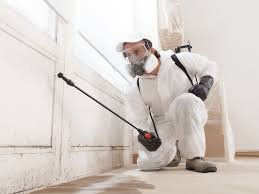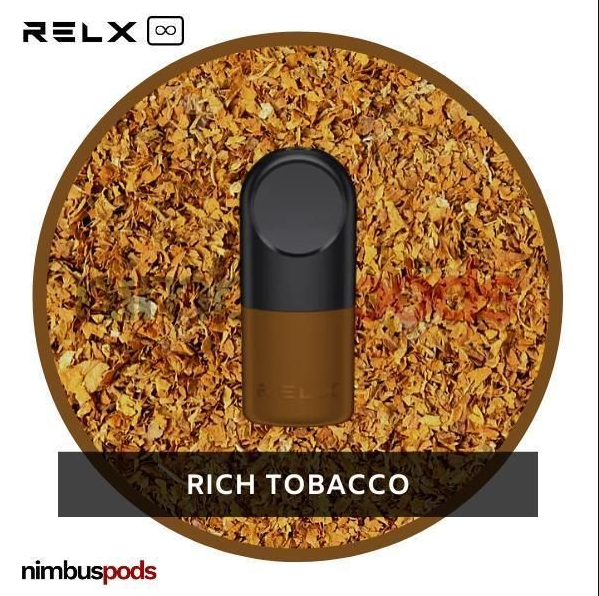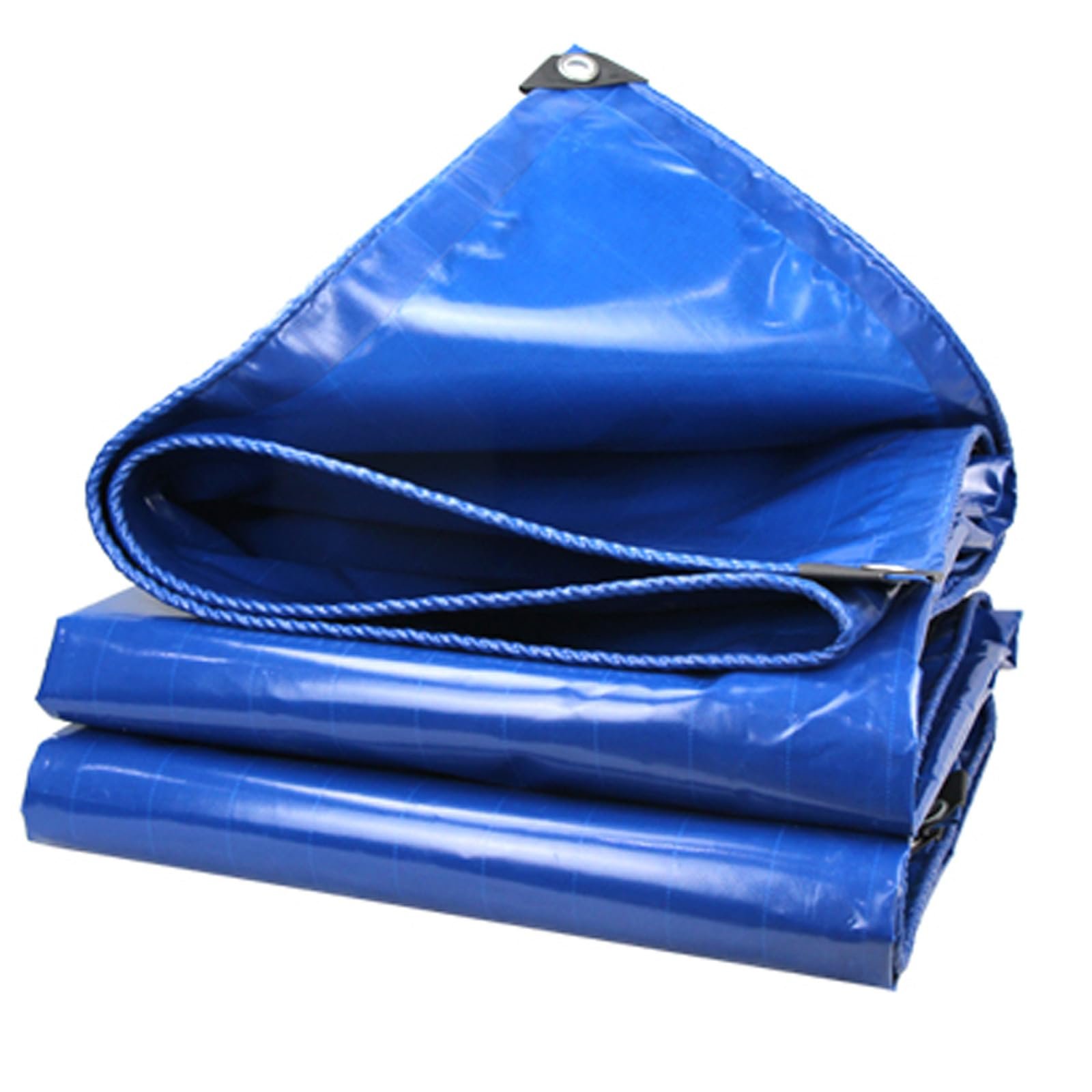Mold Remaoval. It’s one of those household problems that no one wants to deal with, but unfortunately, it’s more common than you might think. Whether you notice a musty smell, see dark spots on your walls, or have recently experienced water damage, understanding how to tackle mold is essential for keeping your home safe and healthy.
In this article, we’ll walk you through what mold is, why it’s a problem, and how you can effectively remove and remediate it.
What Is Mold?
Mold is a type of fungus that grows in damp or humid environments. It reproduces by releasing tiny spores into the air, which can settle and multiply on wet surfaces like walls, ceilings, carpets, and even inside HVAC systems.
Not all mold is visible right away, which is why many homeowners only discover it after it has spread or caused damage.
Why Is Mold a Problem?
Mold doesn’t just look unpleasant—it can pose serious health risks. Many people experience allergic reactions, respiratory issues, and skin irritation when exposed to mold spores. For those with asthma, weakened immune systems, or other health concerns, mold can be particularly dangerous.
Additionally, mold can weaken the structural integrity of your home by breaking down wood, drywall, and other materials, leading to costly repairs.
Signs You Have a Mold Problem
- A persistent musty or earthy odor in your home
- Visible patches of black, green, or white mold on walls, ceilings, or floors
- Water stains or discoloration on walls or ceilings
- Peeling paint or wallpaper
- Health symptoms like coughing, sneezing, or headaches when inside your home
Mold Removal vs. Mold Remediation: What’s the Difference?
Mold removal refers to the physical process of cleaning or eliminating mold from surfaces. This might involve scrubbing moldy areas, using specialized cleaning products, or discarding contaminated materials.
Mold remediation, on the other hand, is a broader term. It includes mold removal but also focuses on identifying the source of moisture causing the mold growth and fixing those issues. Without remediation, mold is likely to return because the underlying problem wasn’t solved.
Steps for Effective Mold Removal and Remediation
1. Identify and Fix Moisture Sources
Since mold thrives in damp environments, the first step is to find and eliminate any water leaks or humidity problems. This could mean repairing leaky pipes, improving ventilation, using a dehumidifier, or fixing roof or window leaks.
2. Protect Yourself
Before tackling mold, wear protective gear like gloves, goggles, and an N95 mask to avoid breathing in spores or coming into direct contact with mold.
3. Contain the Moldy Area
Prevent spores from spreading by sealing off the affected area with plastic sheeting and turning off HVAC systems during cleanup.
4. Remove Moldy Materials
Porous materials like drywall, ceiling tiles, carpets, and insulation often can’t be fully cleaned and should be discarded safely.
5. Clean and Disinfect Surfaces
Hard surfaces can be scrubbed with detergent and water, followed by disinfectants like diluted bleach solutions or commercial mold cleaners. Avoid mixing bleach with ammonia or other cleaners.
6. Dry Thoroughly
After cleaning, ensure the area is completely dry to prevent mold from coming back.
7. Monitor and Maintain
Keep humidity levels below 50% and regularly inspect areas prone to moisture.
When to Call Professionals
Small mold problems (less than 10 square feet) can often be handled by homeowners. However, if mold is extensive, has penetrated HVAC systems, or if you have health concerns, it’s best to hire certified mold remediation experts.
Professionals have specialized equipment like HEPA vacuums and industrial-grade air scrubbers to safely remove mold and prevent it from spreading.
Preventing Mold Growth
- Fix leaks immediately
- Use exhaust fans in bathrooms and kitchens
- Maintain indoor humidity below 50%
- Clean and dry areas affected by water within 24-48 hours
- Ensure proper drainage around your home’s foundation
Final Thoughts
Mold is more than just an eyesore. It can cause serious health problems and damage your home if left untreated. Understanding the difference between mold removal and mold remediation is key to addressing the problem effectively.
By acting quickly, protecting yourself, and addressing moisture issues, you can keep your living space mold-free and safe for you and your family.













Leave a Reply